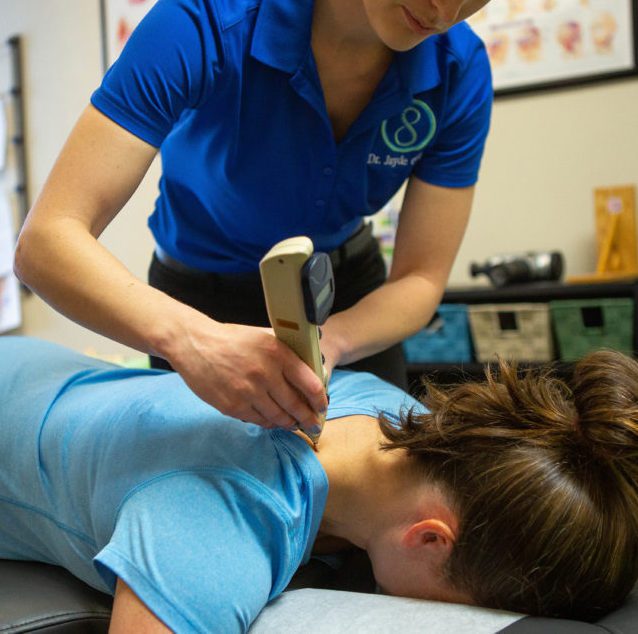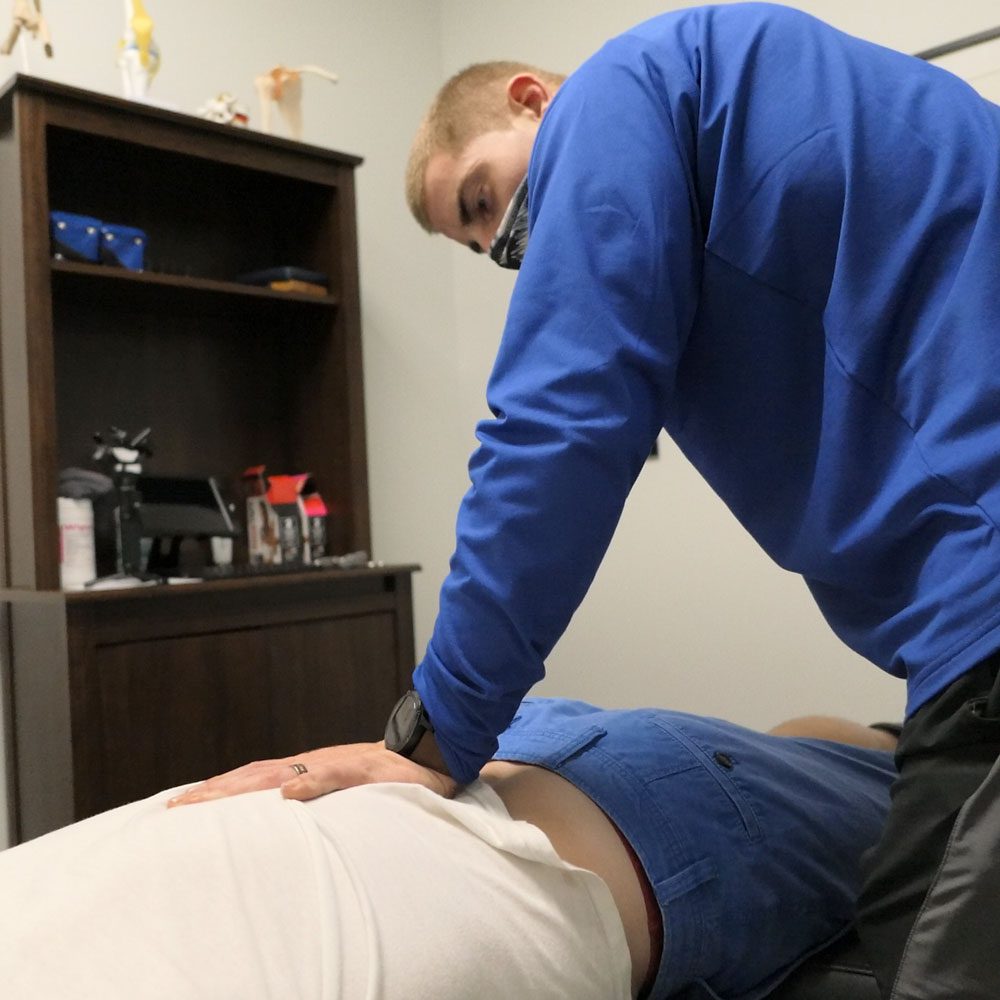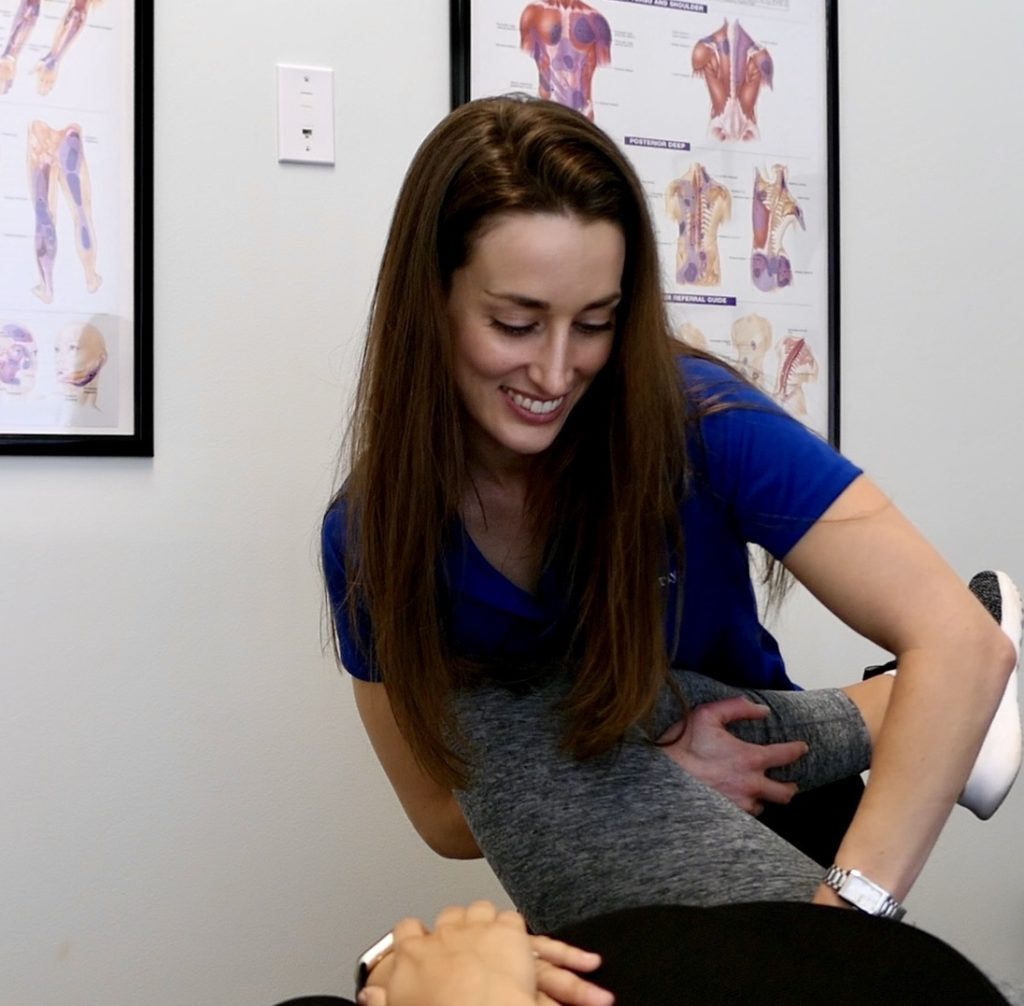Menu
Care in this office utilizes the best of both worlds combining passive interventions with active interventions to guide you carefully through your journey to health through the early stages of acute pain relief on to the later stages of improving strength, endurance, and flexibility to minimize the risk of re-injury.



The doctors tailor patient treatment plans to what is appropriate for that specific person based on the following:
Although everyone is different, there is a typical pattern that we follow when scheduling a treatment plan. We’ve established the four phases of care to act as a guide to accomplish our patients’ individual goals. Each of the components of the care plan are essential to the healing process. If a patient should choose to opt out of care at any point, they may have an increased likelihood of experiencing a re-occurrence of their symptoms.
When a member of the practice enters the office for the first time, they typically need care focused on reducing pain to help them return to their normal activities of daily living such as working, caring for their family, and simply taking care of themselves. This initial phase of care typically takes two to four weeks to complete. The goals in this phase of care are to alleviate pain, reduce inflammation, and reduce muscle spasm and guarding. Phase 1 primarily utilizes passive therapies to accomplish said goals. Here is a list of passive therapies we provide based on each patients’ individual needs.
Drs James and Jayde strongly believe that movement is an important part of every person’s life. According to Greg Glassman, The CEO of Crossfit “The needs of an olympic athlete and our grandparents differ by degree, not by kind.”
What we interpret this to mean is that all humans are born to move freely and diversely, therefore any deficiency in human movement poses as a potential cause of disability and decreased quality of life.
Our mission is to improve human movement without the use of drugs or surgery, and to empower people on how to overcome the negative adaptations that our bodies are making in response to the daily physical, chemical, and emotional stressors that we all encounter.
Chiropractic care is a natural approach commonly used to control neuromusculoskeletal complaints such as headaches, neck and back pain, arm and leg pain, dysfunction, and jaw pain.
Each adjustment is delivered with precision with the goal to restore motion in an otherwise restricted joint, inhibit the cycle of muscle spasm and pain, and improve overall function by reducing interference in the nervous system.
Our goal as chiropractors and as educators are to empower with an understanding of how the human body functions so that wise decision can be made about one’s own health and well-being. Thus, encouraging people to lead healthier and happier lives. Our greatest wealth is our health.
© 2022 8 Flags Chiropractic. All Rights Reserved. Muffin Group